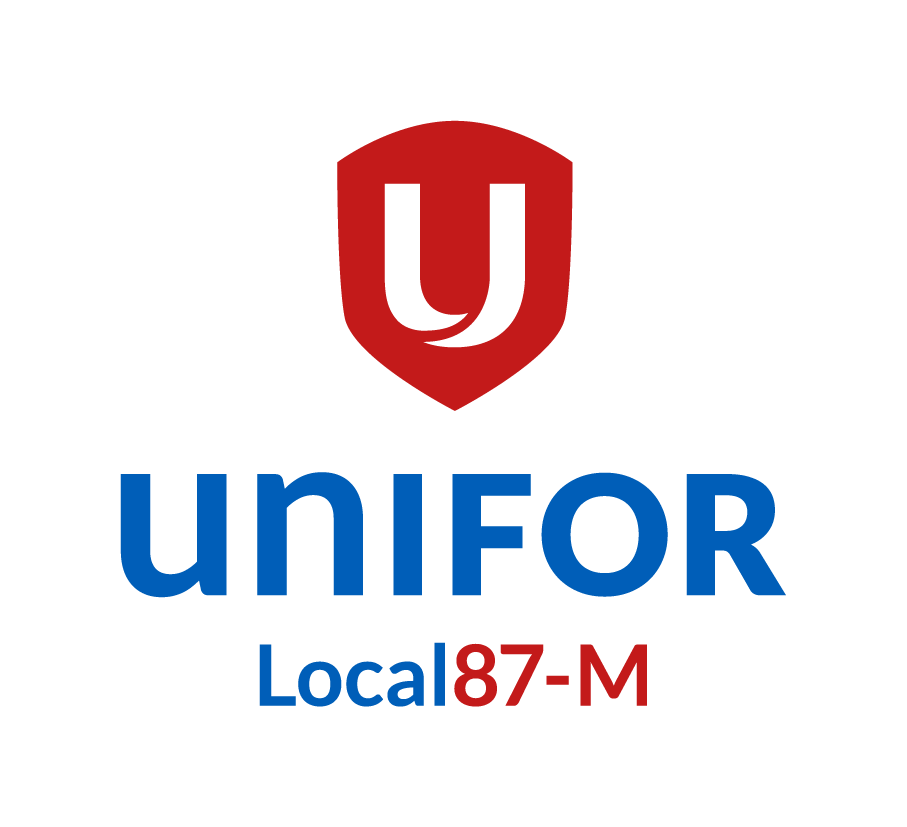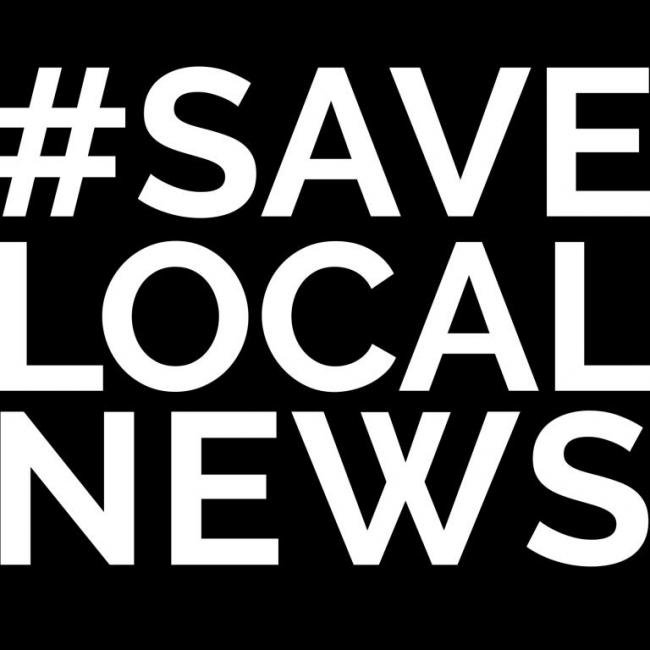CRTC chair ain’t afraid of Netflix tax
By Howard Law, Unifor Media Director
This column has been republished with permission from the Media Action Plan website. The original column can be found here.
At long last, some common sense in Canadian media policy.
On May 31 the CRTC answered Heritage Minister Melanie Joly’s request for its advice on how to sustain Canadian content and local news in the Internet age.
With the existing regulatory regime founded on the reinvestment of declining cable television revenues into CanCon, the Commission could only have provided three options to the Minister.
One, scrap Canadian content and local news. Surrender our culture to the Americans.
Two, commit more federal spending, eventually about $400 million annually to replace the annual tithe of five per cent of cable revenues. Taxpayers would pony up, despite supporting the CBC, the Canada Media Fund, and film tax credits to the tune of $1.5 billion per year.
Three, replace the evaporating cable industry reinvestment with Internet industry reinvestment.
The new Commission Chair Ian Scott picked door number three.
Scott is not the charismatic popular figure that his predecessor Jean Pierre Blais strove to be. He considers himself “an implementer.”
Pragmatist might be a better name for him. He knows doors number one and two are political non-starters. He’s engaged in the art of the possible.
That means all arrows point towards shoring up the revenue sources for Canadian film making and local television news by spreading out the burden of contribution; bringing in all industry players whether foreign, domestic, online, legacy, pipe or content.
That means looking the so called “Netflix tax” straight in the eye, no flinching, and recommending that profits made from streaming video and the Internet pipe that carries it will also have to be reinvested in Canadian content and local news.
That means acknowledging the thicket of politics, international trade and enforcement challenges of imposing Canadian cultural reinvestment rules on powerful foreign Internet companies tapping into the Canadian media market. Scott imaginatively suggests “service agreements” (a euphemism for one-of deals) be struck with those companies, abandoning any hope of imposing one-size fits all regulatory standards on Netflix, Google and the rest of the American tech giants.
That means anticipating a consumer backlash to “taxing” anything for the first time. Scott made it crystal clear that reinvestment rules that levy profits from Internet media will be matched by lowering the existing levy on cable media. No cash grab here.
His political opponents aren’t mollified. Michael Geist continues to beat the drum for Internet consumers. The university professor touts subsidized Internet broadband while opposing anything intended to defend Canadian culture: as if the government-mandated industry levies paying for Internet infrastructure aren’t passed on to Canadians, but industry levies to support Canadian content are a burden on consumers.
And what does Chairperson Scott have in mind for local TV news?
In a cryptic one-liner, his report recommends “examine ways to support television news production though increased access to subscription revenues.”
Honestly, that could mean a lot of different things, including legislating “fee for carriage” in which cable companies would be prohibited from rebroadcasting the free “over the air” signals from television towers without paying the broadcasters for that content.
More immediately, Scott probably figures that if the “5 per cent” cable reinvestment rule is re-engineered to stabilize the $400 million industry contribution (of which 40% goes to independent local stations) he will have done a lot for local TV.
As for the network television stations operated by Bell Media, Rogers, Corus and Quebecor, Scott’s report muses aloud about replacing standardized conditions of licence with “service agreements.” Given the Commission’s abysmal track record of granting the big media companies toothless licence conditions for local news, an alternative approach that is both tough and transparent might be an improvement.

